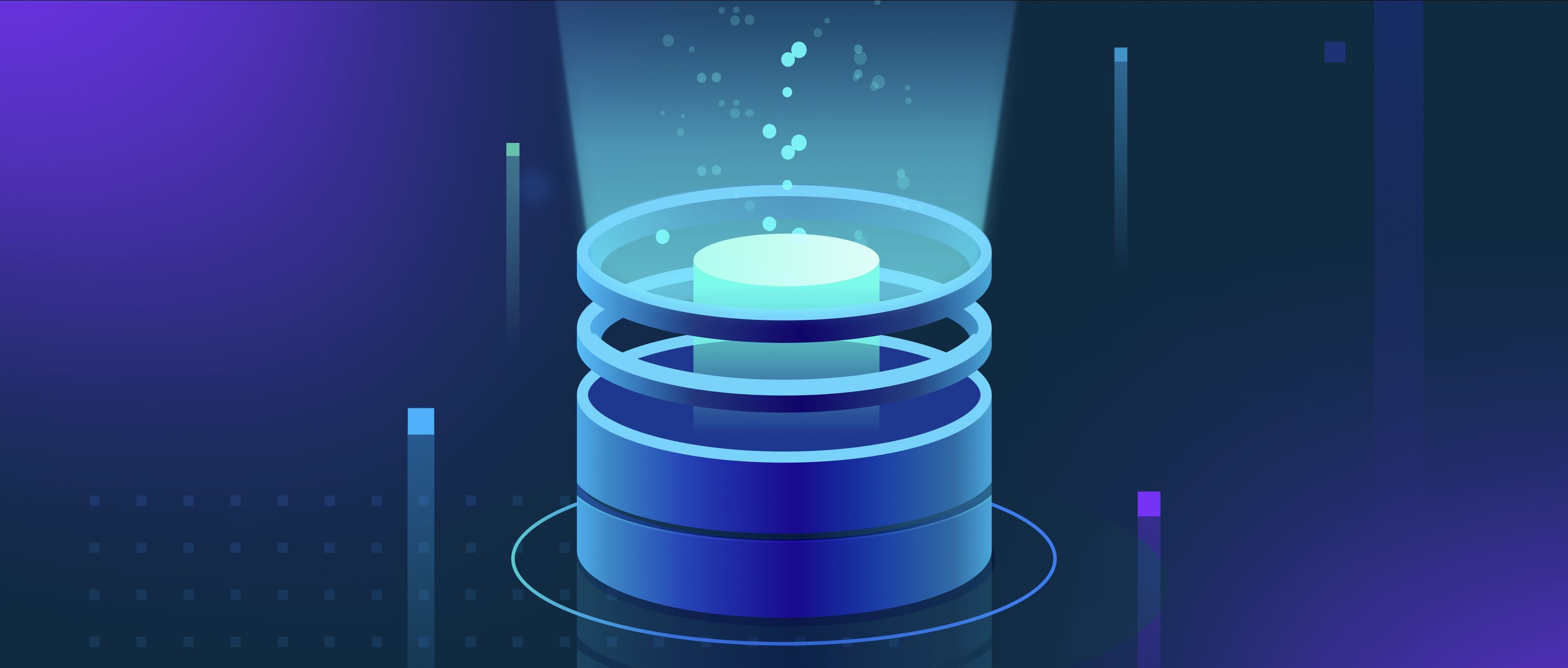LLM guardrails are essential in preventing misuse during creative content generation by ensuring that the content adheres to ethical and legal standards. These guardrails help prevent the generation of harmful, illegal, or inappropriate material, such as plagiarized text, offensive language, or explicit content. For example, if an LLM is tasked with generating a story or artwork, the guardrails can filter out harmful themes like hate speech or content that promotes violence or discrimination.
Another key role of guardrails is to ensure that the generated content respects intellectual property rights. This can involve preventing the model from creating content that closely resembles copyrighted works or generating works that could be seen as infringing upon existing intellectual property. Guardrails can also ensure that the content is original, preventing the model from replicating pre-existing ideas without transformation or commentary.
Guardrails also help ensure that the content remains appropriate for different audiences. By monitoring the context of content creation, these guardrails adjust outputs to ensure suitability for users of varying ages, preferences, or cultural backgrounds. This helps prevent unintentional misuse in creative domains such as literature, music, and visual arts.
